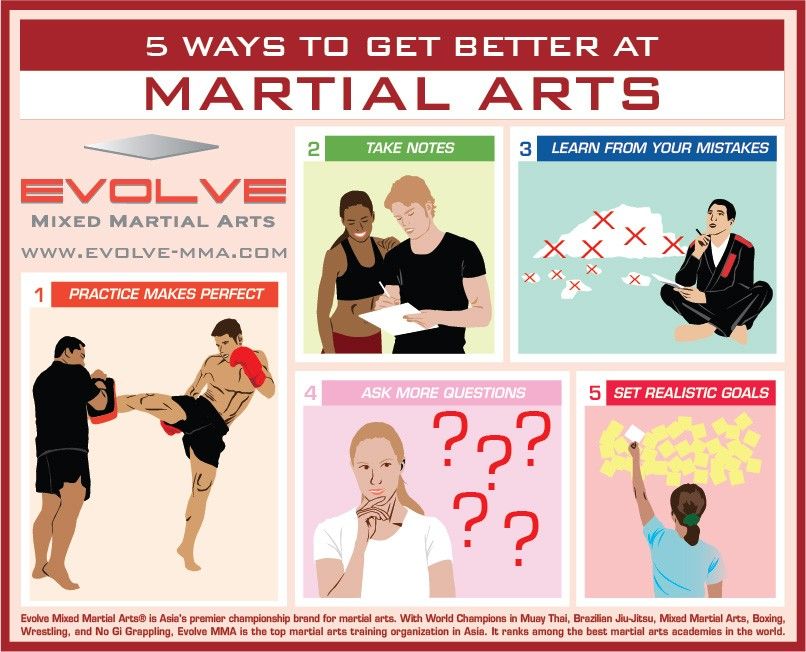The History And Ideology Of Fighting Style: A Deep Dive
The History And Ideology Of Fighting Style: A Deep Dive
Blog Article
Material Written By-Gentry Barbour
Enter the ancient world where martial arts were born out of necessity in diverse regions. Cultures crafted distinct fighting designs intertwined with historical contexts. Strategies advanced over centuries via committed method and cultural exchanges. Today, modern martial arts blend standard aspects for maximum efficiency. Philosophically, martial arts stress discipline, self-improvement, and harmony. Respect, humbleness, and equilibrium are foundational concepts leading professionals towards growth and durability. Explore https://charlotte.axios.com/333691/pay-what-you-can-at-this-self-defense-seminar-for-women-in-charlotte/ of this rich history and viewpoint to discover the extensive impacts shaping this enduring technique.
Origins of Martial Arts
Fighting style came from different areas all over the world, developing as useful fight systems to defend against threats. These old battling designs were established out of need, with each society crafting techniques matched to their distinct settings and obstacles. From the grappling arts of Jujutsu in Japan to the striking methods of Kung Fu in China, martial arts were deeply linked with the historical, social, and social textile of their respective cultures.
In Japan, the samurai course refined martial arts like Kenjutsu, the art of the sword, which later on evolved into the a lot more popularized form of Kendo. Meanwhile, in Brazil, Capoeira emerged as a blend of dancing and battle, created by enslaved Africans as a way to stand up to fascism. Each fighting style carries with it a rich background and philosophy, mirroring the values and ideas of the people who practiced them.
As you look into the origins of martial arts, you reveal a tapestry of human resourcefulness, strength, and the unrelenting spirit of warriors throughout time.
Evolution of Strategies
Through centuries of technique and improvement, fight strategies within various martial arts have undergone an extensive development. From ancient designs like Martial art and Karate to more contemporary self-controls such as Brazilian Jiu-Jitsu and Krav Maga, the advancement of techniques has been driven by a combination of cultural influences, useful applications, and technological developments.
One considerable aspect of this advancement is the cross-pollination of strategies in between different martial arts. For example, strategies from standard Japanese Jiu-Jitsu were included into the development of Judo by Jigoro Kano in the late 19th century. This mixing of designs has led to the development of crossbreed martial arts like Mixed Martial Arts (MIXED MARTIAL ARTS), which integrate elements of striking, grappling, and entry strategies.
Additionally, the development of techniques has actually been formed by the increasing emphasis on performance and efficiency in combat. Experts have constantly looked for to improve their methods via rigorous training, testing, and competitors, bring about the development of extremely specialized and reliable combating designs. Overall, the advancement of methods in martial arts shows the vibrant nature of battle and the continuous pursuit for improvement and development.
Thoughtful Structures
Discovering the underlying thoughtful principles of martial arts offers insight right into their core values and guiding ideas. At the heart of several martial arts techniques is the principle of discipline itself. By educating your mind and body to work as one natural system, you cultivate technique that prolongs past the dojo or gym into daily life. This discipline includes respect, humility, and self-discipline, forming not just your physical capacities but also your character.
adriano emperado in martial arts is the idea of continuous self-improvement. The trip of grasping a martial art is nonstop, with practitioners constantly striving to much better themselves, both literally and emotionally. This concentrate on development fosters resilience, perseverance, and a growth way of thinking that can be related to all facets of life.
Additionally, martial arts stress the importance of consistency and equilibrium. Strategies are designed to make use of a challenger's power against them, highlighting the principle of yielding and redirecting pressure as opposed to fulfilling it head-on. This ideology includes interpersonal connections, promoting calm resolutions and good understanding. By welcoming these thoughtful foundations, martial musicians not only boost their battle abilities but likewise cultivate a lifestyle centered on individual development, respect, and harmony.
Verdict
Finally, the history and approach of martial arts provide an abundant tapestry of tradition, technique, and self-improvement.
Consider instance the tale of Bruce Lee, that revolutionized martial arts by blending different styles and approaches to develop his very own one-of-a-kind kind of Jeet Kune Do.
Through dedication and advancement, martial musicians continue to push boundaries and inspire others to reach their complete possibility both in fight and in life.
